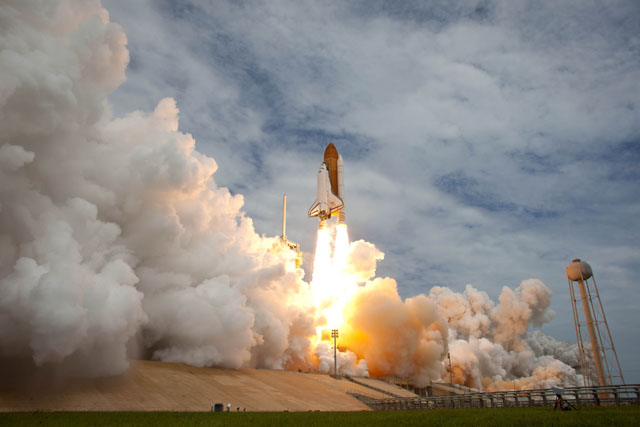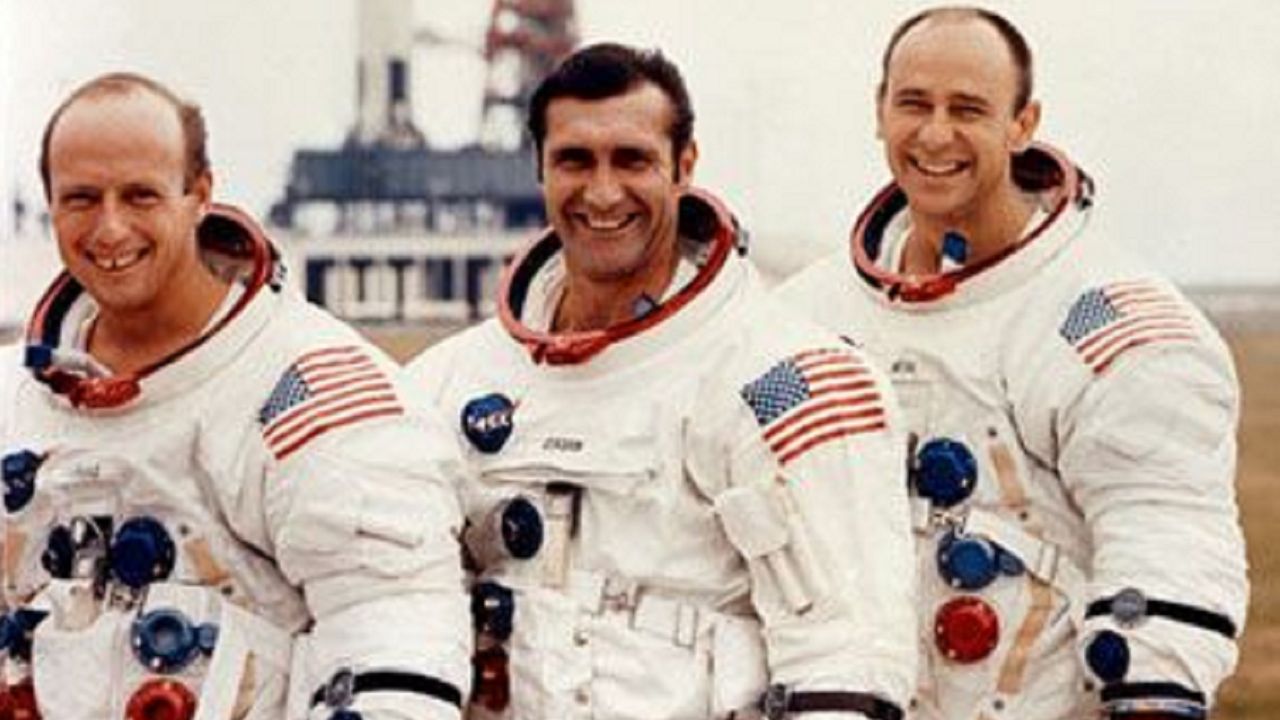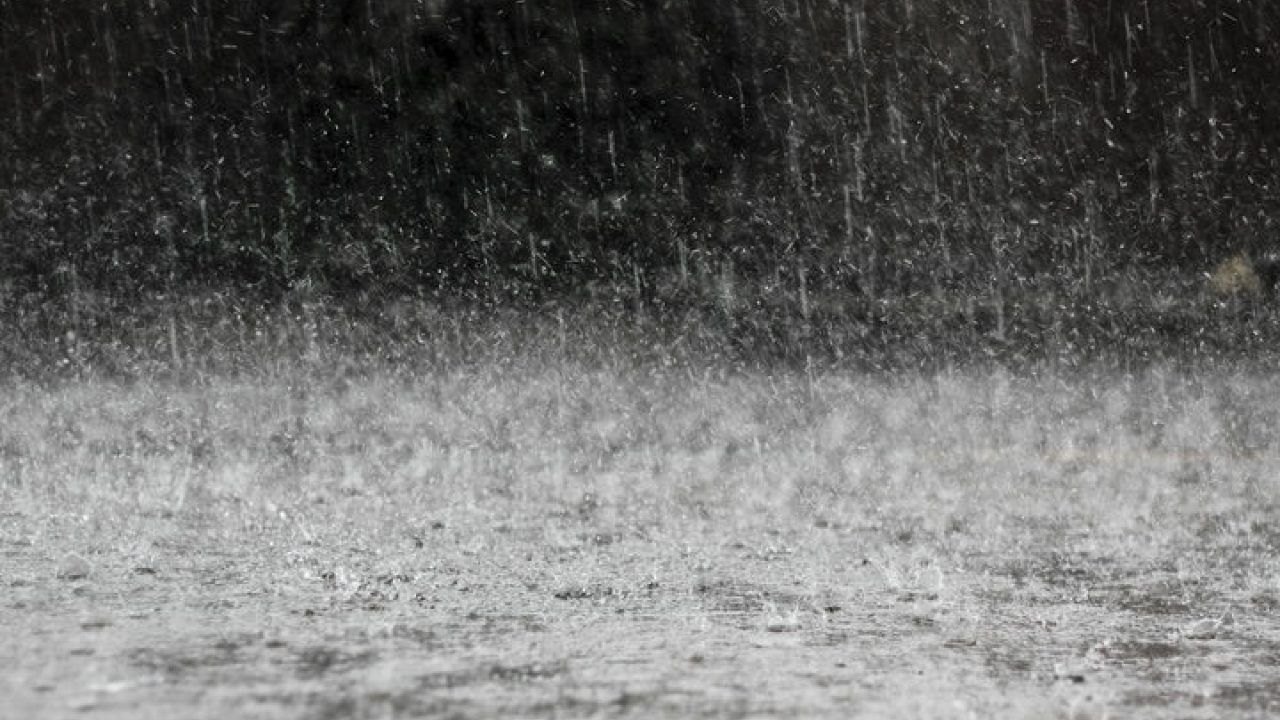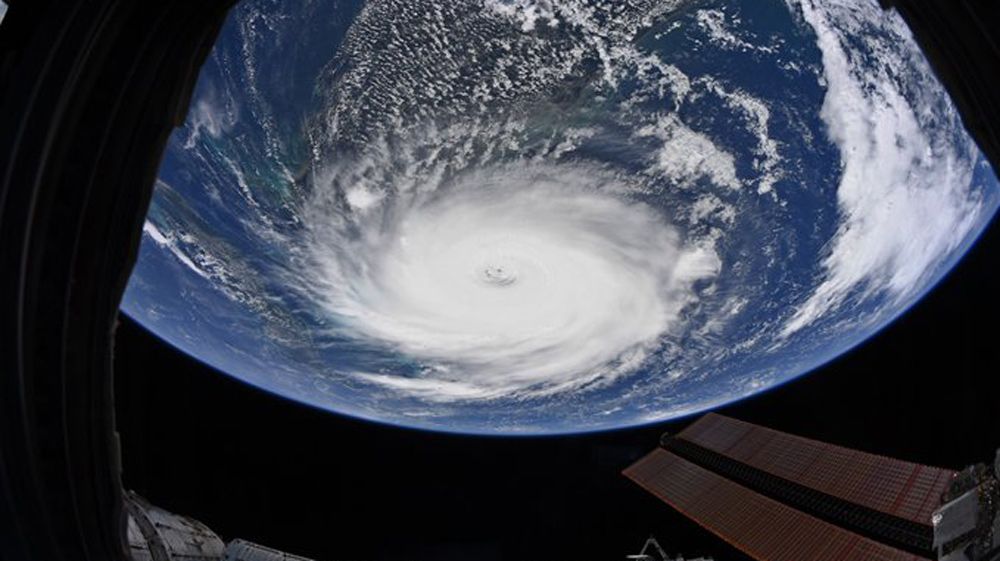All eyes are on Kennedy Space Center for Wednesday's launch of the SpaceX Crew Dragon Demo-2 manned spacecraft.
This will be the first launch of astronauts from a launch facility within the United States in almost a decade. The last launch was the Space Shuttle Atlantis on July 8, 2011, the final flight of the Space Shuttle program.

The spacecraft and the crew are ready to go but the weather may not cooperate. As of Tuesday afternoon, NASA and Air Force meteorologists are saying that weather conditions are not looking good for a Wednesday afternoon launch. As a matter of fact, they are saying there's only a 40 percent chance of acceptable launch weather at 4:33 p.m. on Wednesday.
Thunderstorms in the launch area may be the problem. Just like with airplanes, thunderstorms and spacecrafts don't mix well.
NASA learned the hard way about lightning and space launches during the flight of Apollo 12.
The Apollo 12 mission was the second scheduled, manned mission to land on the moon in November of 1969.
At the time of the launch on November 14, there were showers with thunderstorms in the vicinity of the Kennedy Space Center. The spacecraft launched without issue. However, less than a minute after launch, the Apollo 12 Saturn V rocket was struck twice by lightning.

The exhaust plume from the rocket's five main engine, which is electrically conductive, actually generated the lightning that struck the ship. Though it did cause brief electrical issues with the spacecraft, quick thinking by ground controllers along with quick actions by the astronauts, saved the spaceship and the mission.
Once the ship was in Earth orbit, the crew checked out the spaceship and found that all was well, and they continued their voyage to the moon and had a successful return to Earth on November 24.

Since the incident with the Apollo 12 launch, NASA has implemented new launch rules to ensure that a rocket does not pose a lightning strike risk.
Today, there are specific communications between mission control and meteorologists to pinpoint weather conditions that could prove dangerous to a spacecraft in flight.







